Lighting Science’s Fred Maxik Discusses How to Use Interior Light to Improve Sleep and Health
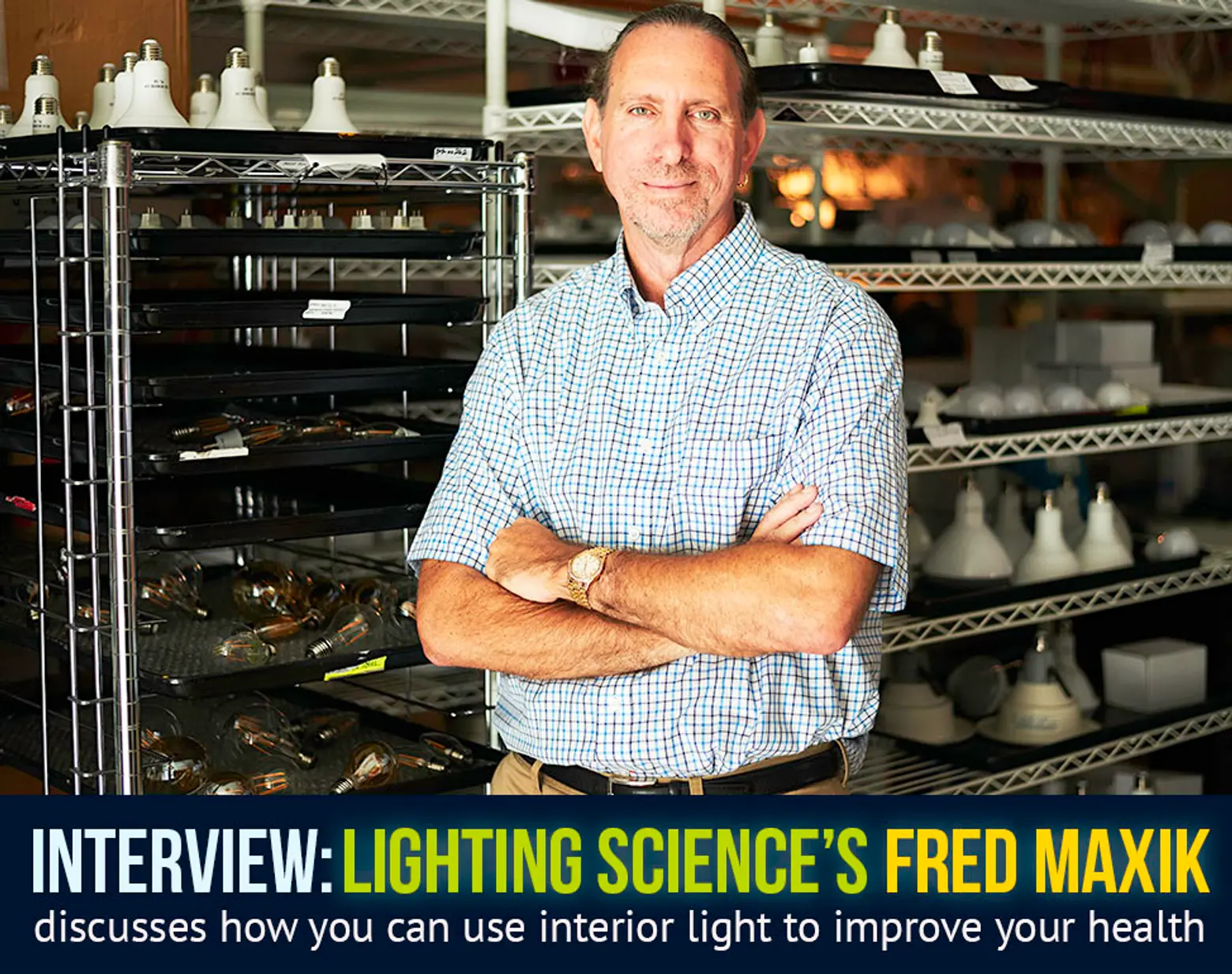
Studies have shown that getting a good night’s sleep is critical to keeping one’s self happy, healthy and fully functioning. But with advances in technology, modern humans have increasingly found themselves typing and swiping into the wee hours of the night without any regard for what time it is. Unfortunately, exposure to light before bed can have serious negative effects on our body, messing with our circadian rhythms and suppressing our ability to produce melatonin—the hormone that controls our sleep and wake cycles. But beyond feeling tired and irritable the next day, not getting enough sleep also has tremendous long-term effects that include, but are certainly not limited to, depression, immune stress, weight gain, premature aging and disease. Luckily, there are researchers out there harnessing the power of the light spectrum to engineer light bulbs that work with our bodies and environment, rather than against them.
To help urban dwellers sleep better, we tapped Lighting Science Group founder and Chief Technology Officer Fred Maxik to learn more about the challenges we face when it comes to city and indoor light, as well as for some tips on how to improve health, productivity, sleep, and even happiness by simply switching bulbs. Lighting Science is one of the world’s leading LED manufacturers and they’ve worked with everyone from NASA to national sports teams to the creators of the Lowline Underground Park.
How did you get involved with lighting for health and how did Lighting Science come about?
Fred: I started the company about 16 years ago and it came about simply from looking at what opportunities there were regarding the longevity of lights, energy efficiency, and being able to use light in different ways. As solid state devices, LEDs, and lasers continued to advance, we wanted to develop these same technologies to be able to deploy them as lighting.
A little over a decade ago we started doing some work with NASA. NASA had funded some studies with different scientists and we started looking at how we could build lights differently. They had issues with the astronauts in space circling the earth and being flung out of their circadian rhythms. They were losing focus and coherence and were not alert enough when completing some tasks—in fact, they use a lot of pharmaceuticals up there to help astronauts sleep and they still get lousy sleep. So we started looking at what the spectrum of light meant, and with folks like Steve Lockley at Harvard and George Brainard at Jefferson, we really started digging into the data. We were able to measure how applying different spectrums of light could enhance a body’s ability to fall asleep naturally, or conversely, energize. It’s all been substantiated.
So, for example, looking at sunshine, we started narrowing that particular light down to what its spectral elements are. We took our measurements and then we started reengineering the light spectrum of LEDs to create lights that either deplete the spectrum that keeps us awake, prevents our bodies from healing at night and prevents the melatonins from being expressed at night; or one that alerts us during the day by adding more of that spectrum.
We each have our own internal clocks and we get re-synced every day when we see the sunshine. If you throw a light on the wrong time of night, it disrupts that cycle. So now we create lights we want in the daytime and lights we want pre-sleep, during the evening. And this is just the beginning of what we can do with light.
What kind of testing and trials have you done to measure the effects?
Fred: There are probably 50 published peer-reviewed papers on the topic, if not more. We have built test platforms for a couple of universities; we built the test platforms that they studied at Harvard Sleep Labs and Brigham and Women’s Hospital Sleep Center. We are currently in a five-year test down in Australia with a number of hospitals and universities. We’ve gone as far as measuring blood serum in some tests, which reveals any hormone changes as we change the light spectrum.
Do you think New Yorkers face greater challenges when it comes to lighting and health?
Fred: Oh, absolutely. Listen, we have in our urban environment today this amazing amount of light trespass. Our street lights shine into the first three, four, five floors of our apartment buildings and townhouses, even with the windows down. We have light everywhere. I can call it “light pollution” or “light noise” because it is so ubiquitous to our urban environments in North America. It’s now something that we seriously have to overcome; it’s locked our natural systems.
I think the urban environment is probably the most challenging. If you’re out camping at night you tend to get a pretty good night’s sleep because there’s not a whole lot of light out there. If you’re in an urban environment you need dark shadows, you need the right light in your bedrooms, you need the right light in the bathroom if you decide you have to get up and go in the middle of the night. And then you need the right light to work because very often you’re in offices that have less than desirable conditions. I think the urban challenge is the greatest challenge to light.
What are the most common mistakes households make when it comes to lighting?
Fred: Well, I think we’ve been taught, and well taught, that we should look for efficient light sources. We go to the source that looks light. However, when we make that decision, we often don’t consider what that spectrum of light does to us in the environment we’re placing it. The greatest challenge is educating the public to understand how to select the right light for the right place in their residences, to find out the most efficient light in a kitchen that’s being used during the day, in the evening or early evening. And on the same point, knowing that same light would be completely inappropriate by a bedside.
I think that educating people that spectrum matters—and that it’s not just color temperature, but it’s how that color temperature is built up from an engineering standpoint and how that spectrum is composed—is critical.
If you’re on a budget and you’re not able to redo all the lighting in your house, where’s the best place to start?
Fred: The bedroom would certainly be the first for me because, to me, the greatest disruption to us is our sleep and our body’s ability to heal. And where we see the greatest effects of light is in the bedroom before we go to sleep. Changing those bulbs would be my first step.
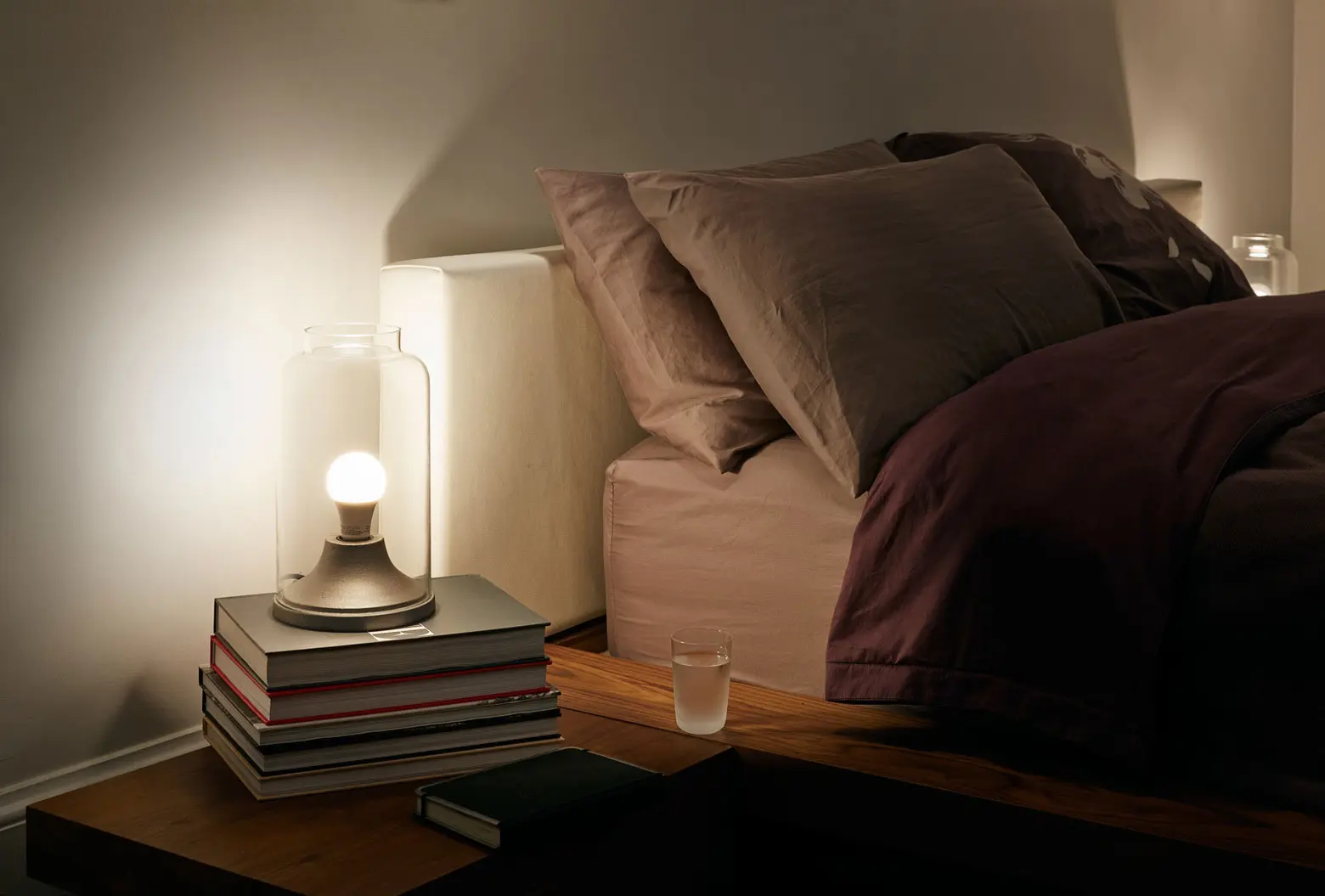
For those who don’t buy through Lighting Science, is there anything to look out for when buying bulbs that make similar claims?
Fred: There’s a lot. I want to say my biggest concern is that people will buy things and then be dissatisfied with the new technology because it doesn’t do things the old ones did before it. To me the greatest test in general lighting today is whether they function well with the type of dimmers you want to put in your house, if you’re using a dimmer.
I would ask if there is something compatible with what you’re trying to use, because if it’s not, your satisfaction will be low. There are a lot of key products out there that commonly are very, very unsatisfying if you try to use them with dimmers. In this rush to see how quickly we can drive the price down, a lot of makers are willing to compromise quality. And it’s not easy for the consumers to discern that.
This is still an industry in its infancy. I think our lights will continue to evolve and get better. From a residential standpoint I’m excited that there’s going to be new forms coming out. These will help to drive sustainability that will increase the efficiencies of not only power consumption but of manufacturing, and with it all, create a new set of metrics; the ability to grow your own vegetables even in small spaces, the ability to stay awake and alert and study better. We’ll also have better memory retention on top of all these other factors. We’ll be able to just live a healthier lifestyle because we can rely on the right lighting at the right time of day. I think these are pretty exciting opportunities.
***
A BULB FOR EVERY ROOM: WHAT TO BUY
We’ve listed a few options for every room, available both through Lighting Science and other bulb makers.
BEDROOM ↑
“In the bedroom I’d go to a much warmer white, something between 2,500 and 2,700 kelvin, but not just kelvin” says Fred. “You want a warm white light, but a warm white light that’s engineered to have the blue spectral elements that create the most disruption to circadian rhythm removed.”
- Good Night bulbs from Lighting Science – $34.95: This bulb was originally developed for NASA astronauts on the International Space Station. The light supports melatonin and helps to keep your circadian rhythm in check.
- Drift Light from Saffron Lighting – $29.95: If you like to be eased into dreamland, the Drift automatically dims, mimicking a setting sun. You can also set it to dim to “moonlight mode” which turns the bulb into a night light over shutting it off.
- Lumie Body Clock Active 250 – $140: If you’re looking for something that will not only help you sleep better but help you wake without a jolt, Lumie’s Body Clock creates 15, 20, 30, 45, 60 or 90-minute sunrise to wake naturally and a 15, 20, 30, 45, 60 or 90-minute sunset to wind down for bed. The clock also has built-in radio, white noise setting, and plenty of alarm sounds to help you wake. There’s also a nightlight feature and the beloved snooze button.
KITCHEN ↑
Fred says, “In a kitchen I would move towards a light that has a little bit more of the enrichment, a little bit of cooler tones, something between 3,000 and 4,000 kelvin with an enriched blue.”
- Awake & Alert from Lighting Science – $39.95: This bulb “is the only biologically-correct LED lighting solution proven to give you more energy, promote alertness and enhance performance with our patented, stimulating blue-enhanced spectrum,” writes Lighting Science. Use it in the kitchen and family/living spaces. It also works to help those who suffer from SAD and Delayed Sleep Phase Disorder.
BATHROOM ↑
Bathrooms can be tricky because they’re used throughout the day and night. Oftentimes in the city, bathrooms also have limited or no natural light during morning and daytime hours.
- LSPRO Genesis Lamp from Lighting Science – $299: Made for both night a day use, the LPRO lamp combines Lighting Science’s Awake & Alert bulb with their Good Night bulb. The multi-purpose light will both enhance your natural alertness, energy and focus and promote a healthy and restful sleep depending which bulb you switch on. The device also monitors air quality to assure the healthiest of environments, and the light can also be programmed and controlled with your smartphone or tablet.
- If you can manage two separate fixtures in your bathroom, opt to add and Awake & Alert and a Good Night bulb to your bathroom. These can be purchased in bundles of four for $139.
- Low-blue Night Light Combination Low Blue Lights – $12.95: If you’re someone who often gets up in the middle of the night to go to the bathroom, add a night-light to your bathroom. This one from Low Blue Lights emits a soft amber glow that makes it easy to make your way around, but won’t disrupt your circadian rhythm.
NURSERY ↑
Another Lighting Science creation, the Sleep Baby “creates the perception of darkness for your infant’s internal clock,” while providing the right amount of light to tend to kids in the wee hours. Available for $29.95.
OFFICE ↑
Many people refer to these bulbs as “caffeine lights.” They can energize and help one focus on work or other tasks.
- Awake & Alert from Lighting Science – $39.95: Mentioned above in our “Kitchen” section, this bulb also works great in office environments.
- Philips’ goLITE BLU Plus HF3332 – $200: goLITE has been clinically proven to naturally boost mood and energy and fight SAD. Using Bluewave technology, you need only be exposed to the light for 15 minutes a day (it only needs to be in your field of vision) to reap its benefits. It’s also portable, so you can bring it from home to office and back with ease. While pricey, the device can be turned on for 30 minutes a day for 50 years and you won’t deplete its efficiency.
INDOOR GARDEN ↑
Want to grow food indoors? There’s a bulb for that too. Lighting Science’s LsPro MyNature Grow LED Lamp has been developed for the homeowner/hobbyist. The lamp optimizes photosynthetically active radiation (PAR) to maximize the process of photosynthesis so plants can grow to their full potential. And being an LED, the this lamp gives off no heat and contains no mercury, unlike conventional fluorescent and HID grow lights. Available for $34.95.
PRICE CONSIDERATIONS: “Some have more functions that others, but in general the newer bulbs are coming in at prices that are pretty fair to where the market is going to be for an efficient bulb that has these extra functions,” says Fred. “These are all going to come down in price as the whole market does come down. But keep in mind you’re getting a whole new value metric for what you’re buying. You’re not just buying energy efficiency anymore, you’re buying energy efficiency, a better night’s sleep, and the ability for your body to heal.”
RELATED:
Get Insider Updates with Our Newsletter!
Leave a reply
Your email address will not be published.

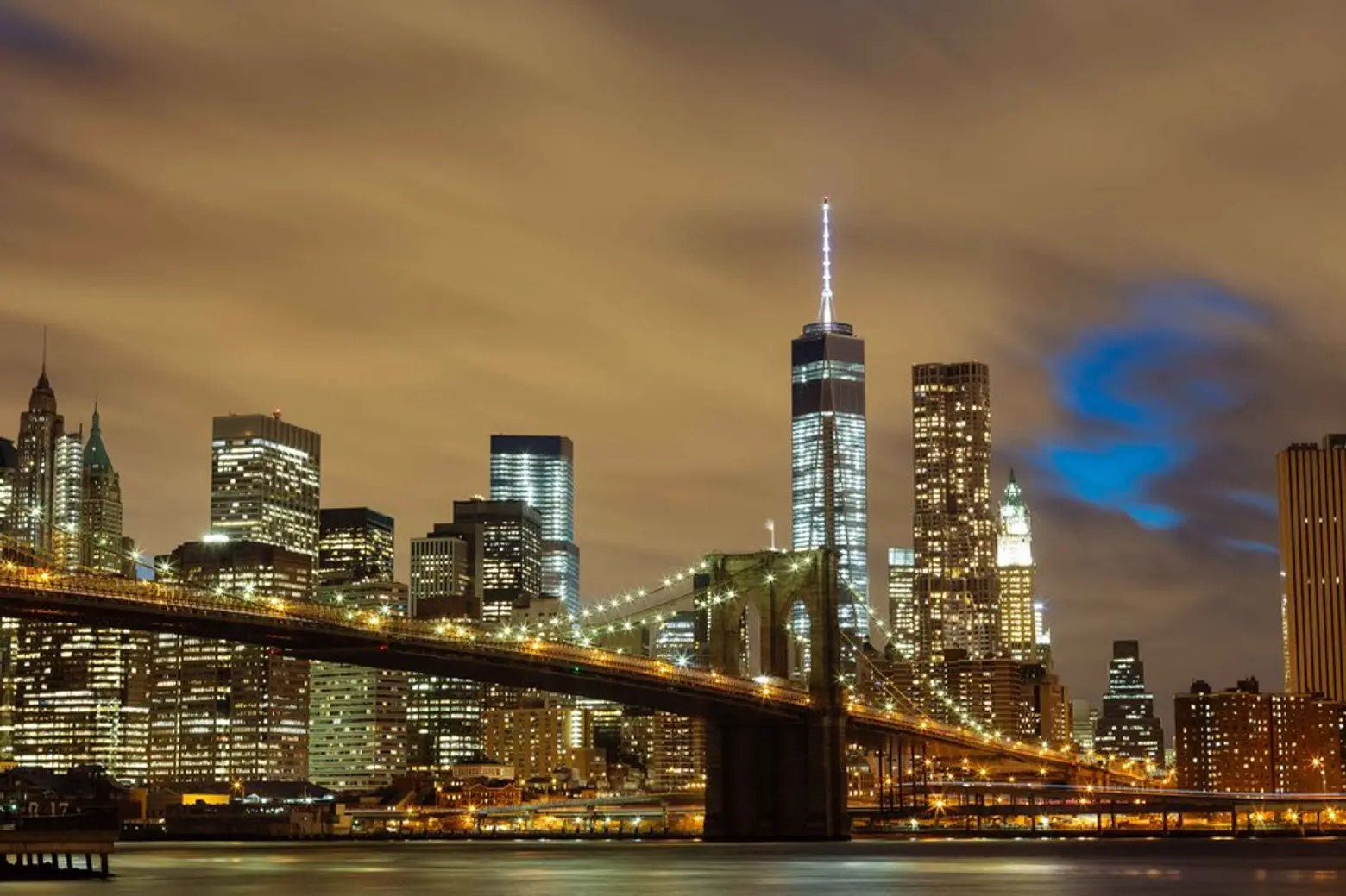
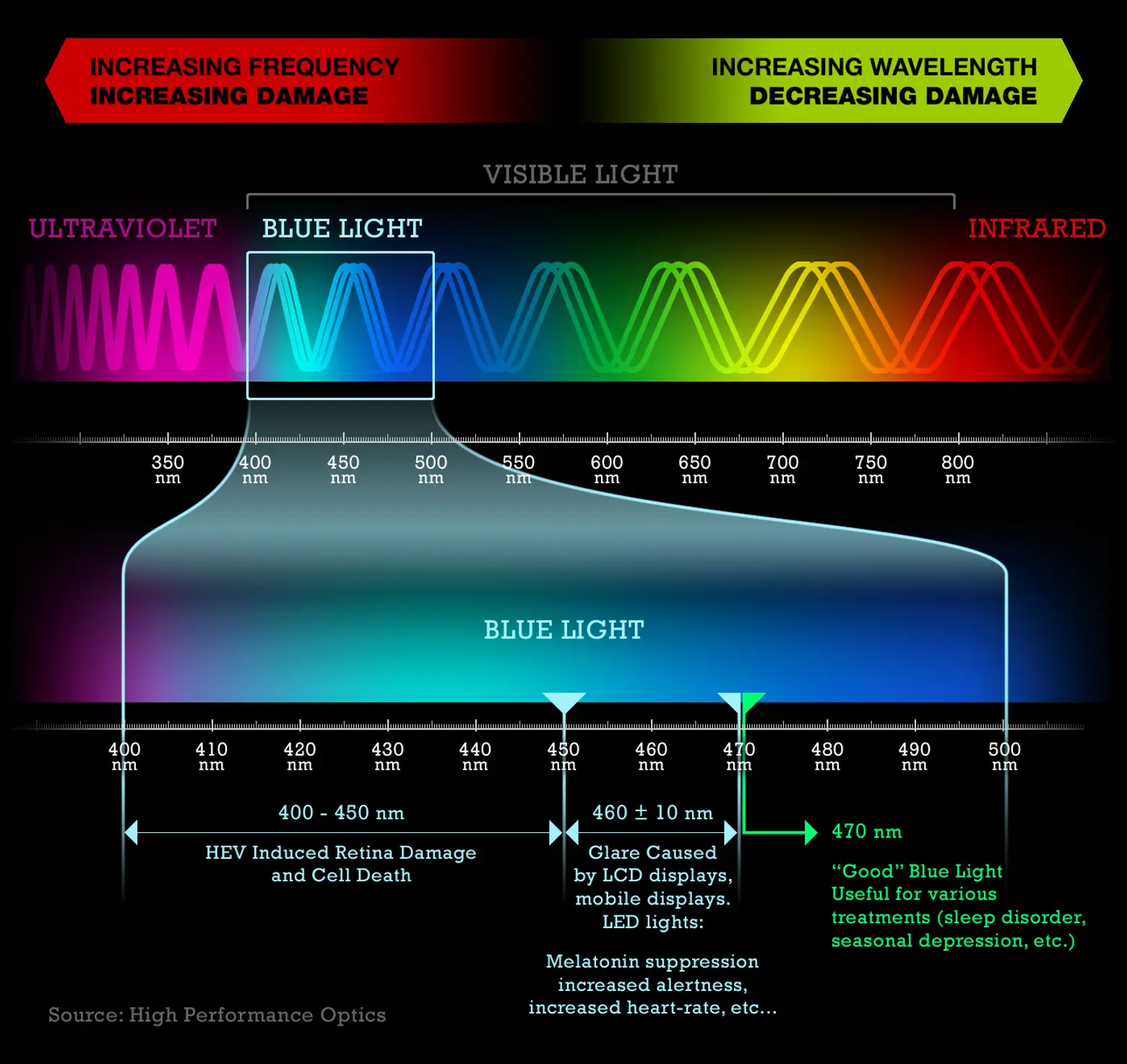
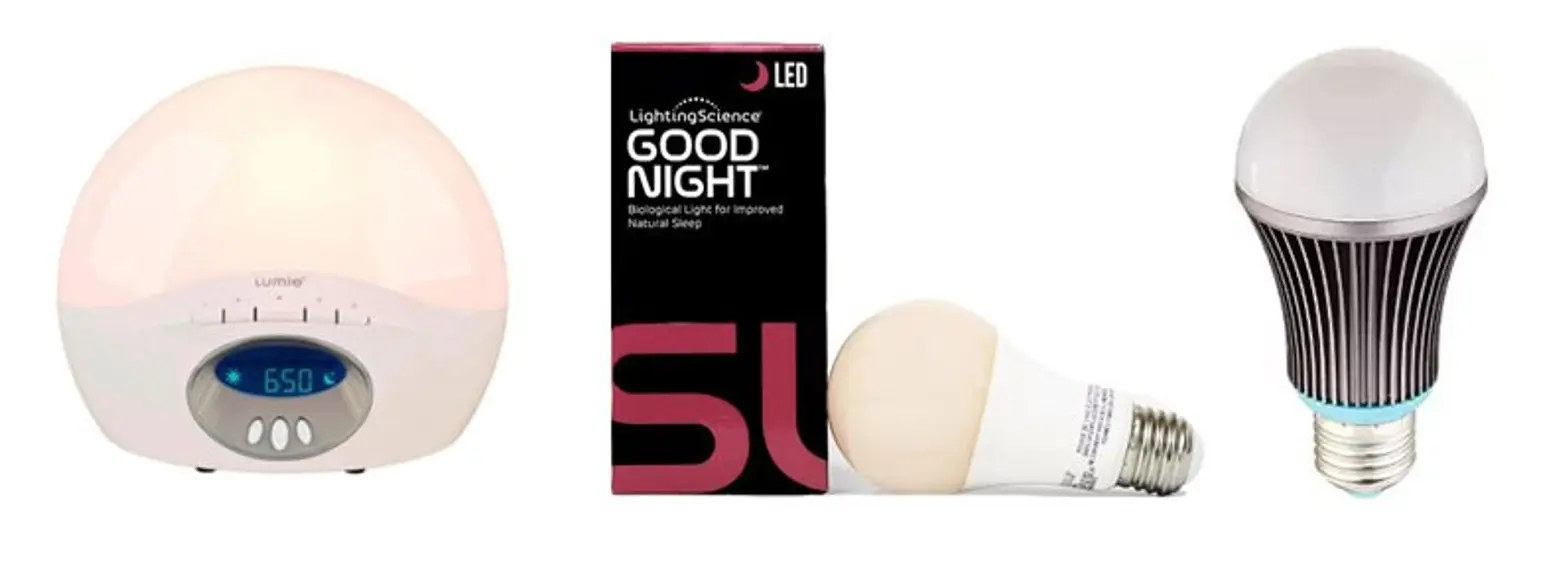
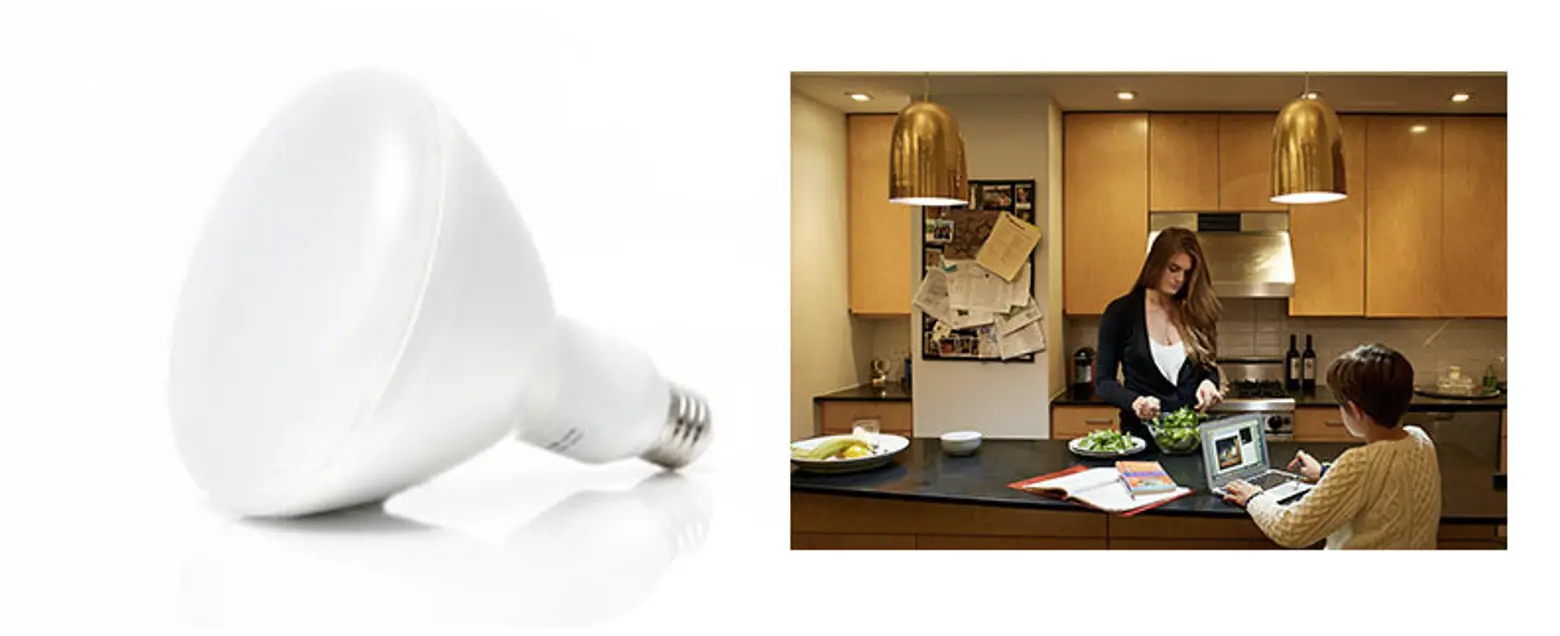
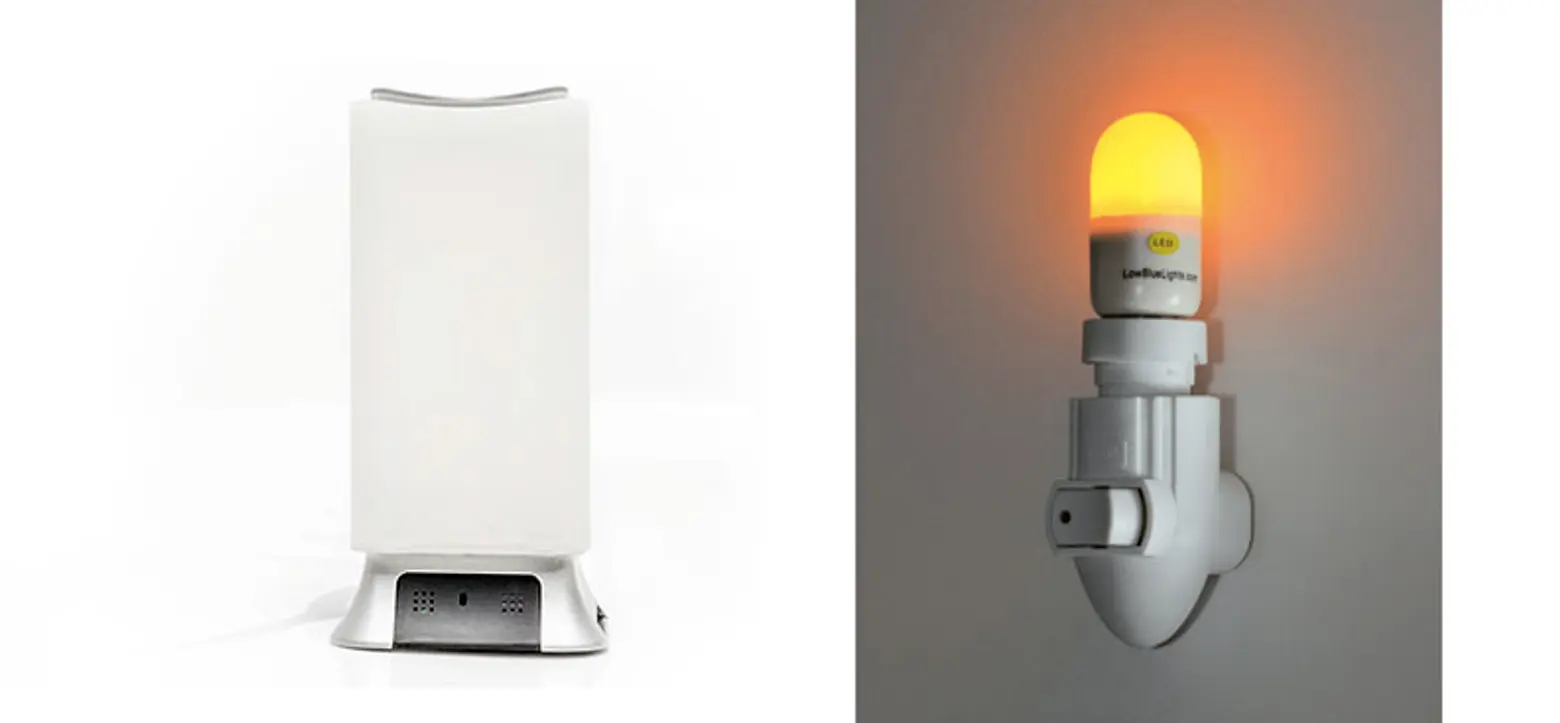
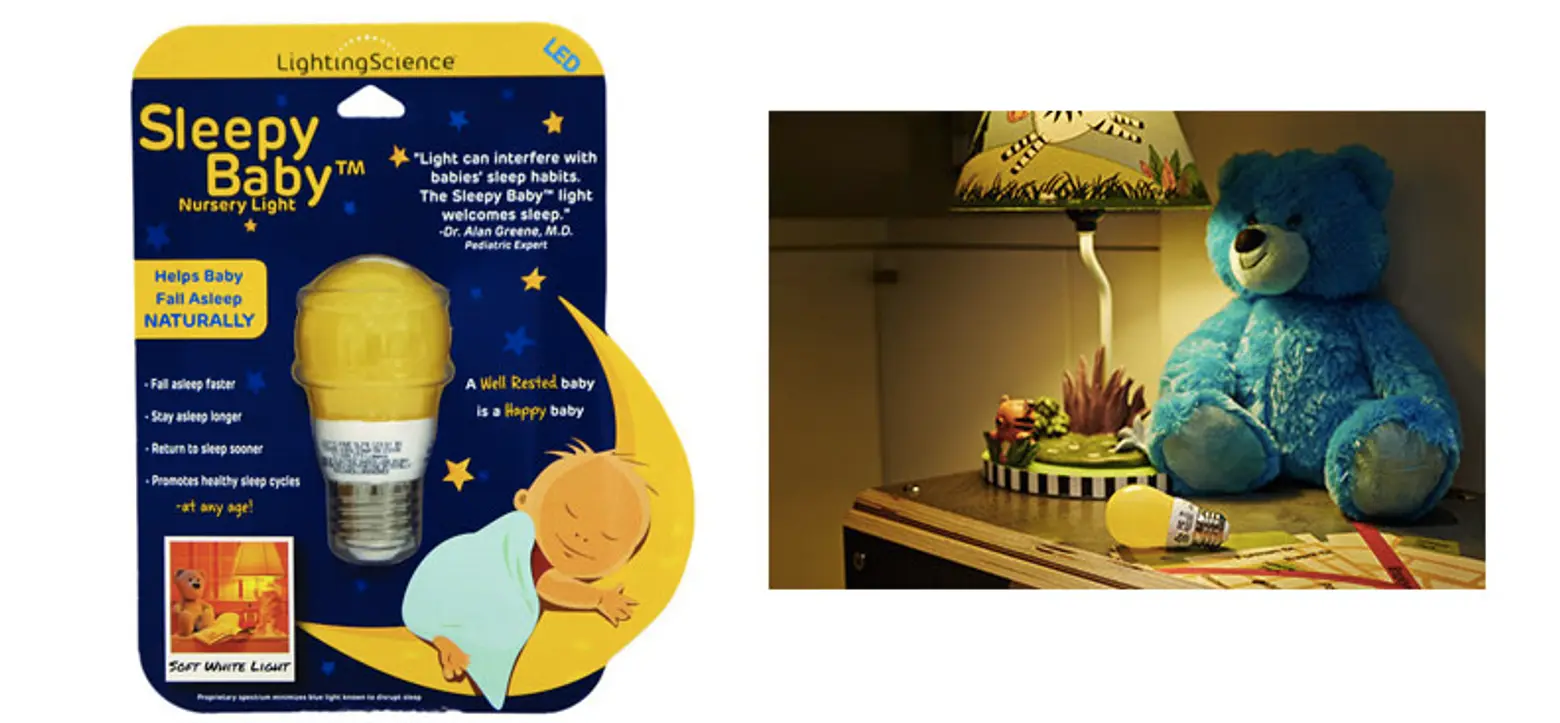
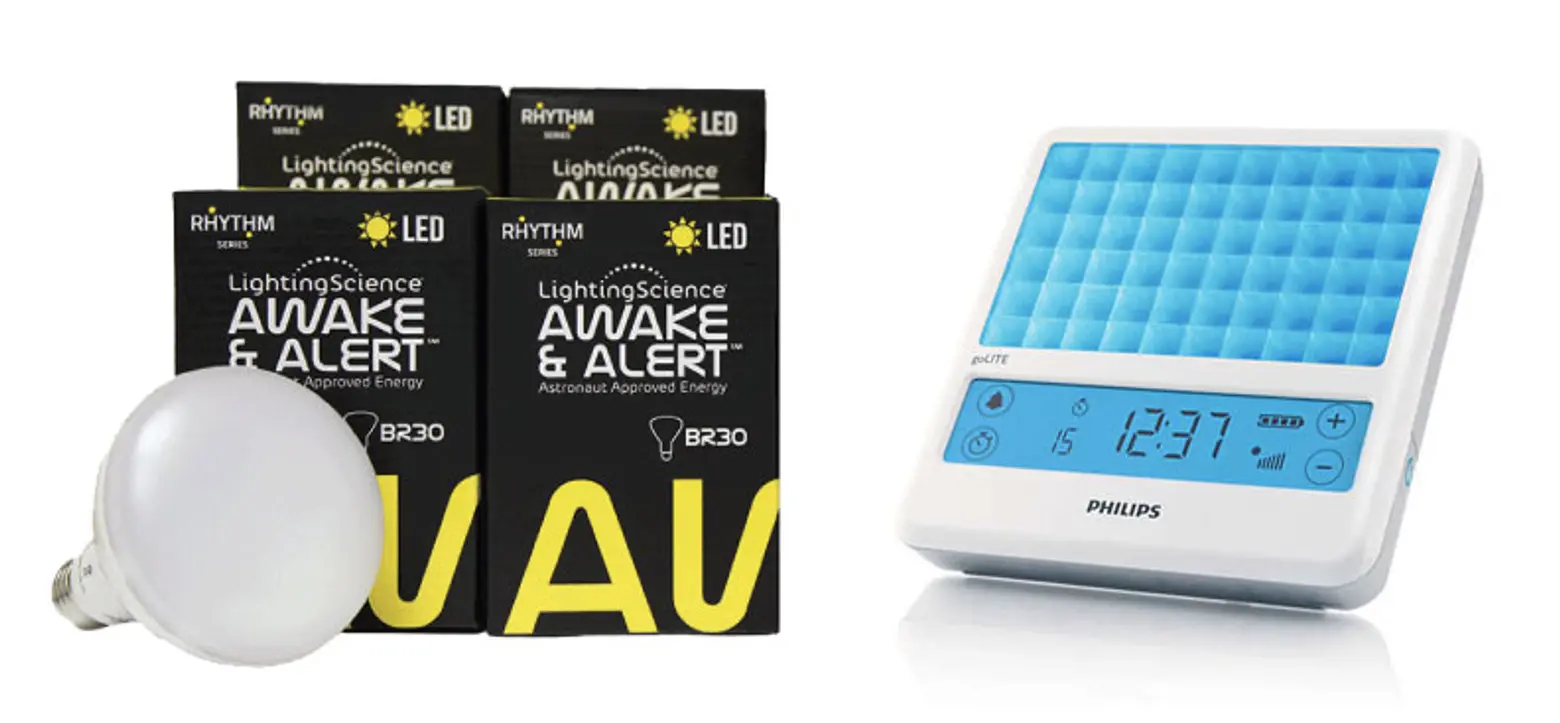
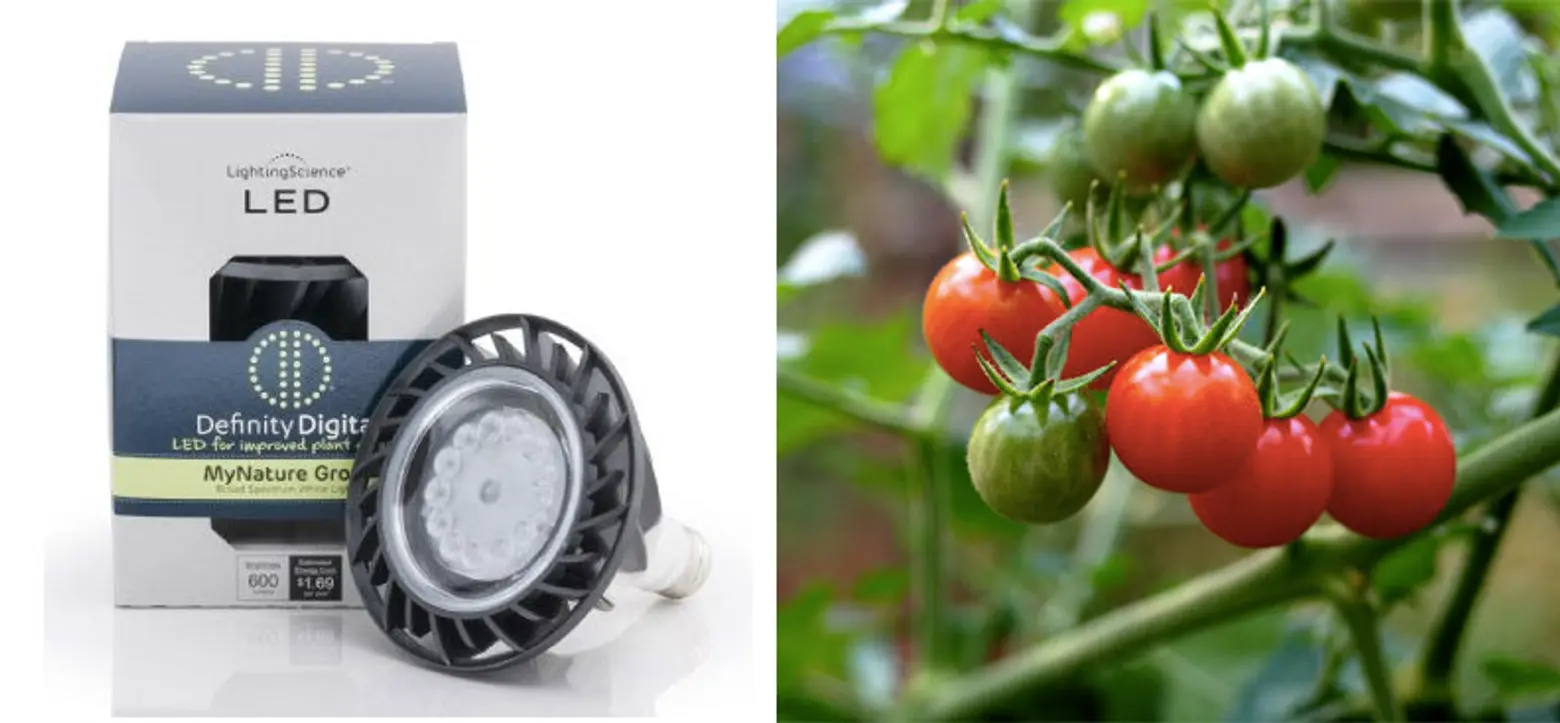
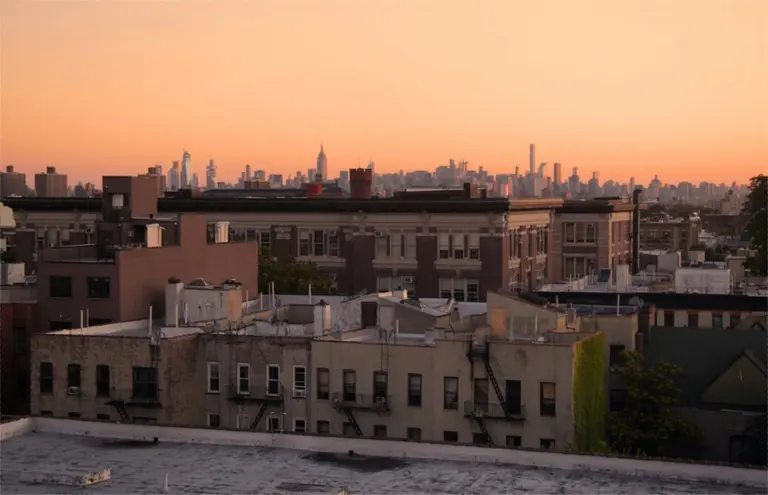
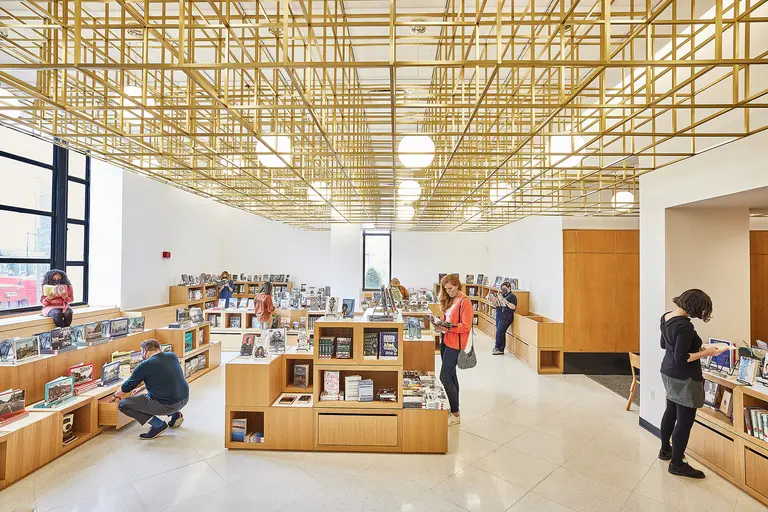

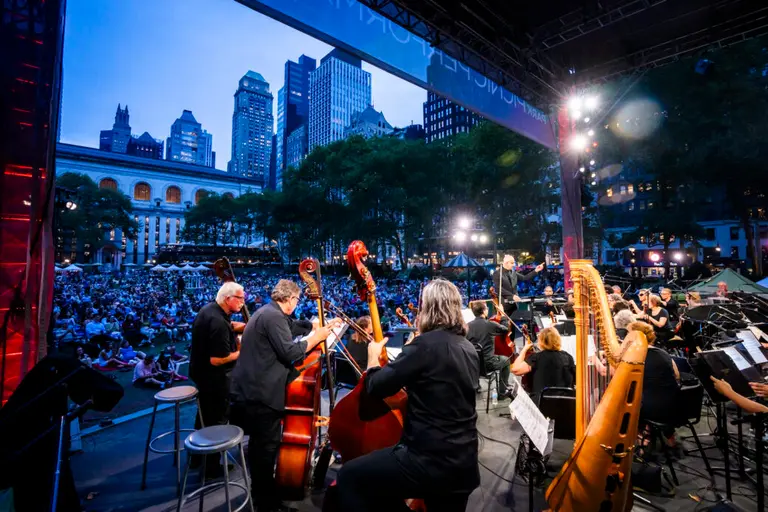
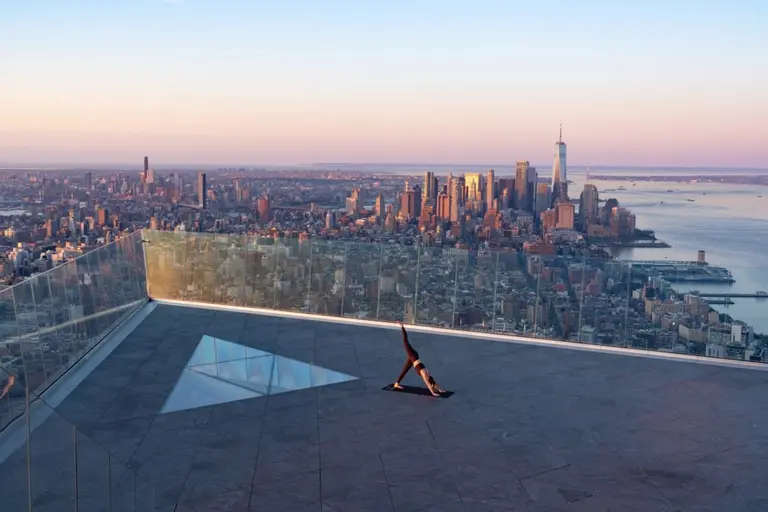

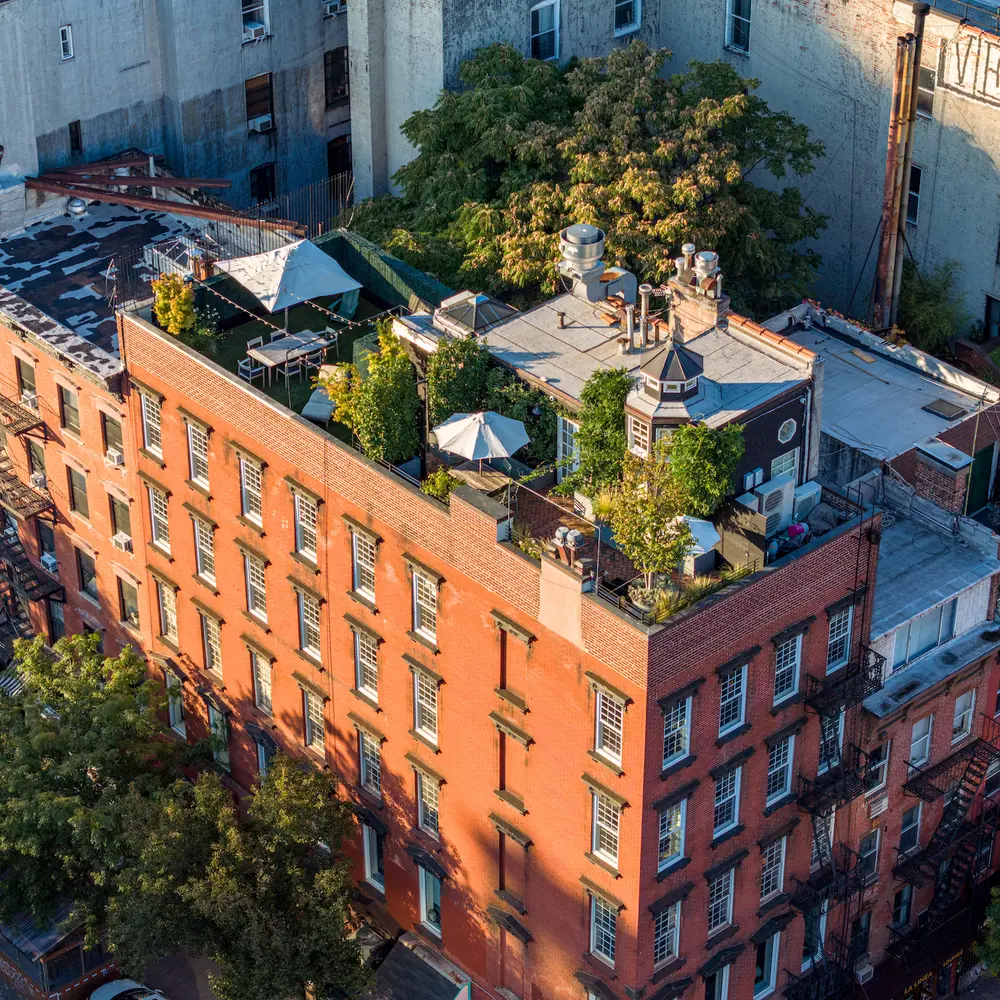
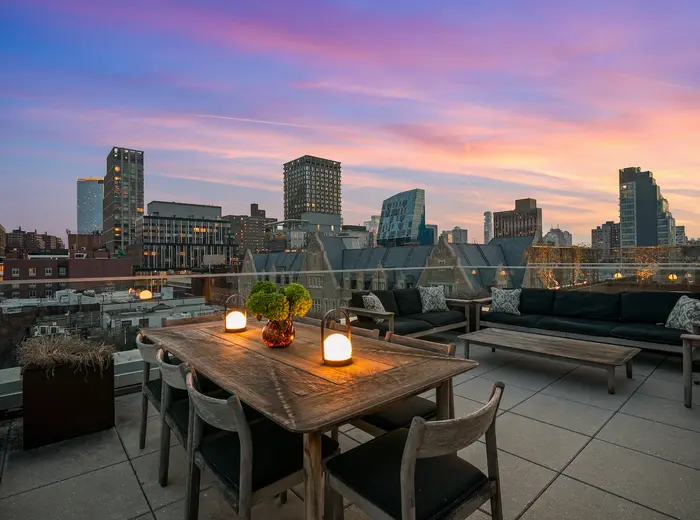
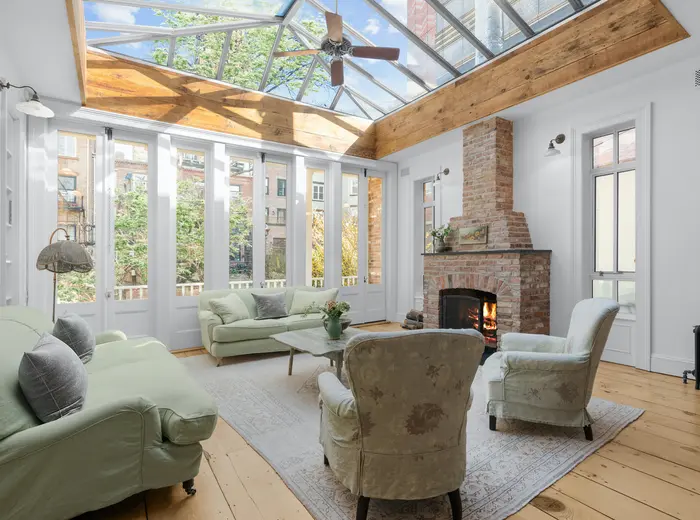
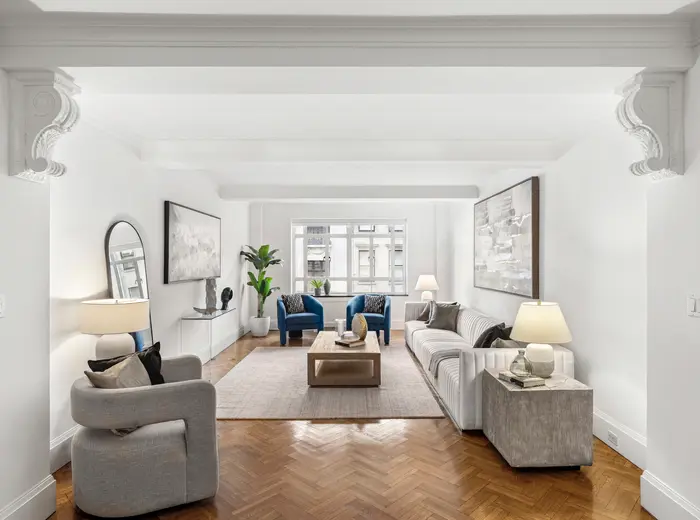
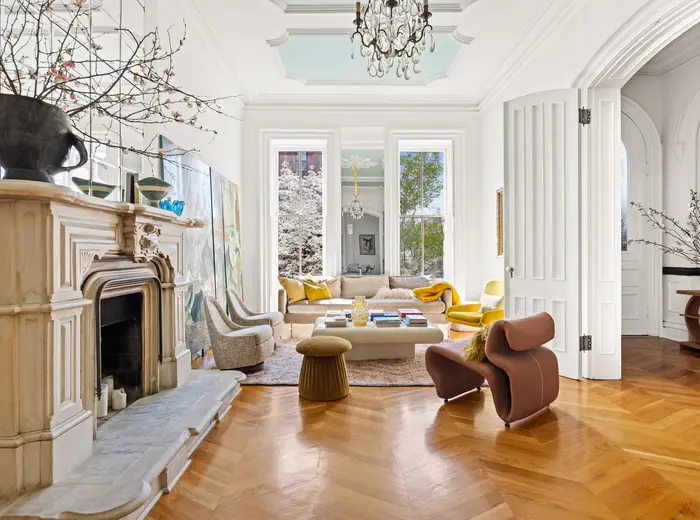
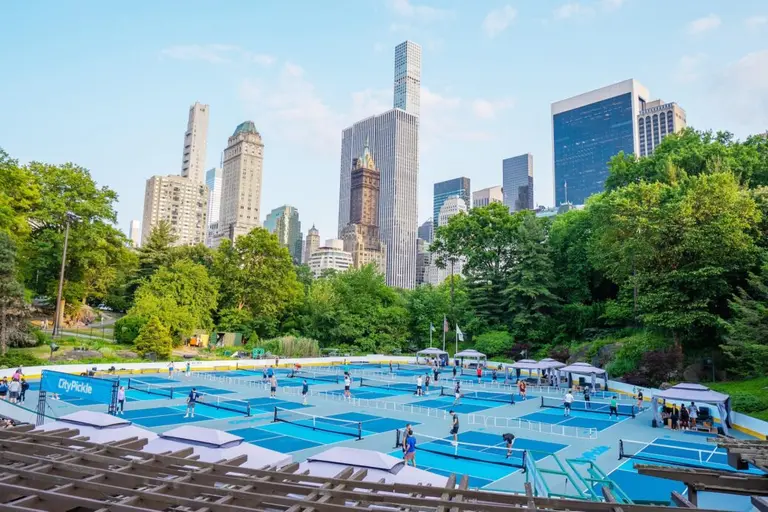
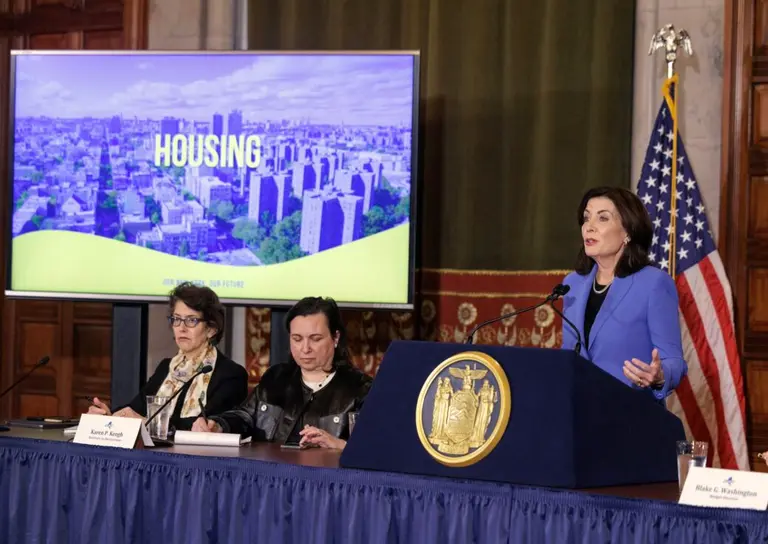

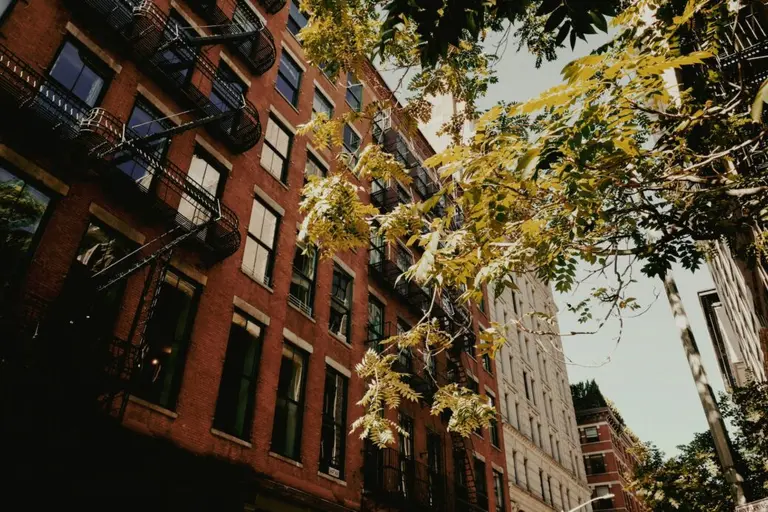
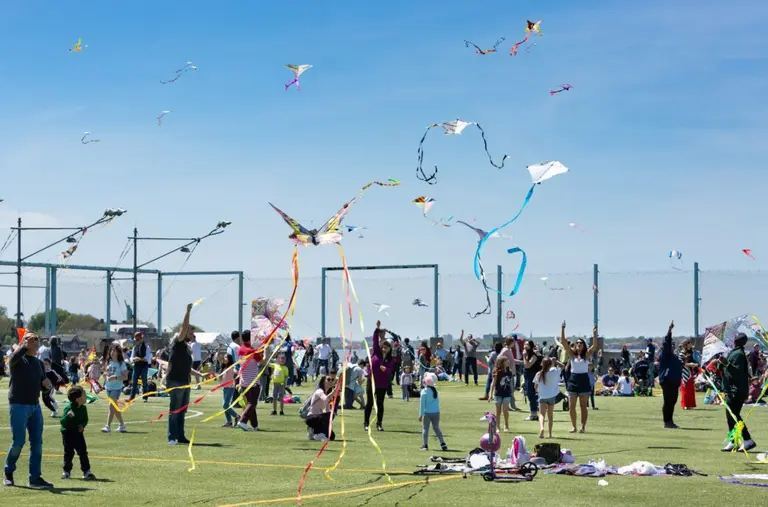












Such a great interview. Pretty much convinced I need to switch out all the light bulbs in my apartment. Would also love to have that Philips goLITE on my desk
The Lighting Science Awake & Alert bulbs are now only -$28.95
https://www.lsgc.com/collections/all/products/awake-alert-biological-led-lighting?variant=6101934597
The Philips Blue Light Therapy lamp new-model are priced around -$134 brand new on E-bay and Amazon now.
https://www.amazon.com/dp/B00M3SGD4Y/?cstrackid=2cbedf60-6f22-413a-9db7-4883207f8ce0&tag=wwwphilipsusa-20
And a new game changer in the Biologically Correct Lighting is from the great company Soraa with their Helia consumer line. These follow the sun on your desired schedule flawlessly. -$49
http://helia.com/
And for visible non-UAV sanitation and disinfection lighting, Vital-Vio is now in the lead! -$79
https://vitalvio.com/
The Lighting Science GOOD NIGHT® BIOLOGICAL LED LAMP is only -$24.95
And the Sleepy Baby is only -$19.95.
https://www.lsgc.com/collections/biological